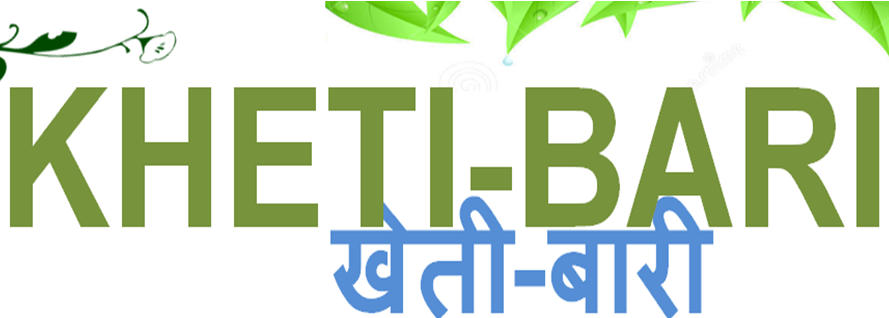Country has not only met domestic demand, but has also exported 20 mn tonnes of grains
Sanjeeb Agriculture Minister Sharad Pawar today said a liberal export
and import policy has enabled the country to earn $40 billion of foreign
exchange in 2012-13. Addressing the third ASEAN-India ministerial meeting in Kuala Lumpur
recently, agriculture minister Sharad Pawar said that India now produces over
260 million tonnes of cereals, 160 million tonnes of horticulture produce, 133
million tonnes of milk, 35 million bales of cotton, 24 million tonnes of sugar besides spices, etc.
This
has enabled the country to not only meet the demand of 17 per cent of global
population residing in India, but have also exported nearly 20 million tonnes
of food grains, thus, becoming a major contributor to the world food basket.
“It is
a matter of great satisfaction that the food basket of my country has been
diversified with increasing share coming from relatively under developed
regions,” Pawar said.
He
said satisfactory production of food grains helped us to roll out Food Security Act in
September, 2013 which gives legal guarantee to more than 800 million
populations of food grains at affordable prices. “We take pride in
mentioning that this is world’s largest social sector programme,” Pawar said at
the conference.
He
also offered to share India’s vast experience in agriculture with ASEAN nations
and sought collaboration on farm research to face common challenges of climate
change etc.


